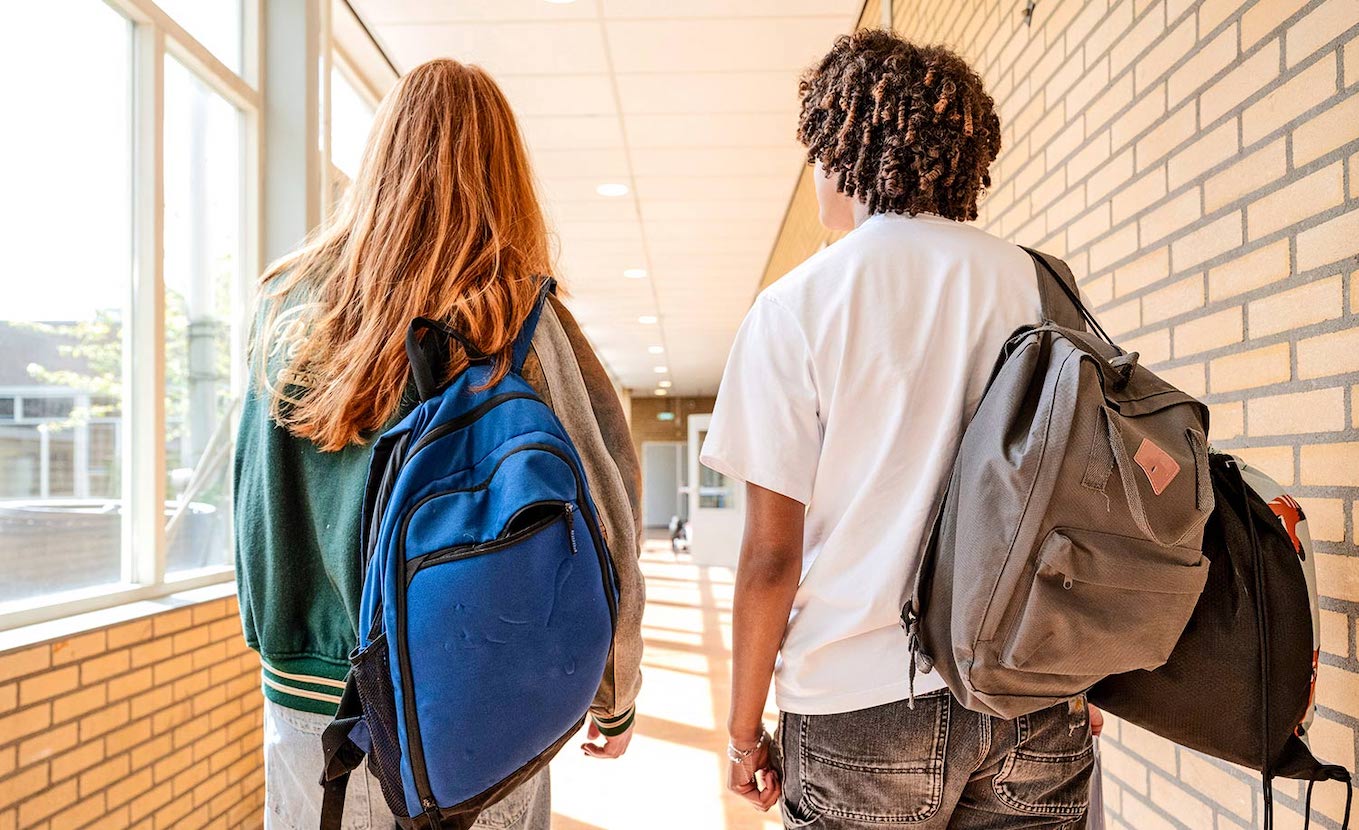New research shows that 81 percent of American teens reported feeling negative pressure in at least one area.
Their future game plan, achievements, and appearance were the most common sources of distress.
The study surveyed teens about the specific pressures they face, how pressures are related to burnout, and how teens can combat these pressures.
The U.S. surgeon general has urged a safety-first approach to social media, calling for a warning label on social media apps based on previous studies about its negative consequences for youth mental health. This study flips the typical approach in research about youth and social media.

A new study found that 27 percent of teens are actively struggling with burnout. | Photo by Kaboompics.com
Instead of asking about teens’ positive and negative experiences on social media, the team first listened to teens about the pressures that they face. They then asked what made those pressures better or worse, including social media and other contexts in their lives.
A majority of teens say social media at least sometimes increases each pressure, according to the study. But at the same time, depending on the source of the pressure, 39 percent to 52 percent of teens also say that social media at least sometimes decreases pressure.
“We found that 27 percent of teens are actively struggling with burnout, and many are not regularly engaging in self-care practices — enough sleep, exercise, time outdoors, having fun, or relaxing — to help them deal with the pressures they face,” says report coauthor Sara Konrath, an associate professor of philanthropic studies at the Lilly Family School of Philanthropy at Indiana University.
Konrath is a social psychologist who directs the Interdisciplinary Program on Empathy and Altruism Research at the IU Lilly Family School of Philanthropy. Her research explores social connectedness and prosocial behavior among American young people, including changes over time in them.

Sara Konrath, associate professor of philanthropic studies at the Lilly Family School of Philanthropy at Indiana University. | Courtesy photo
Key findings from the report include six types of pressure teens face:
- Game plan: 56 percent of American teens feel pressure to have their future life path figured out (e.g., college, career, relationships).
- Achievement: 53 percent of teens feel pressure to be exceptional and impressive through their achievements (e.g. honors classes, good grades, jobs).
- Appearance: 51 percent of teens feel pressure to look their best or present themselves in a certain way (e.g. follow trends, have a certain body type).
- Social life: 44 percent feel pressure related to having an active and visible social life (e.g. hanging out with friends, going to social events).
- Friendship: 41 percent feel pressure to stay available and be supportive to friends (e.g. respond to texts/social media from friends right away).
- Activism: 32 percent feel pressure to do good for their community or the world, or to be informed about different issues (e.g. supporting or giving money to causes, keeping up with the news).
“Scientists have long known that doing good in the community and helping friends often supports teens’ well-being; however, this report suggests that kind behaviors can sometimes feel like extra pressure,” Konrath says.
“Parents, teachers, and nonprofit youth workers can help teens find joyful ways to give and help.”
The study is based on a nationally representative survey of 1,545 teens age 13 to 17, which was conducted online in English and Spanish by Social Science Research Solutions from October to November 2023. From February to April 2024, 19 teens age 13 to 17 who did not take the survey participated in focus groups sessions to co-interpret and contextualize the survey findings.
“[M]ore attention should be paid to the grind culture that many teens are struggling to navigate,” says report coauthor Emily Weinstein, cofounder and executive director at the Center for Digital Thriving at the Harvard Graduate School of Education.
“The findings reveal how social media can amplify different pressures for teens — but that’s not the whole story, and we need to get the story right if we want to help.”

41 percent of teens feel pressure to stay available and be supportive to friends (e.g. respond to texts/social media from friends right away).
Some groups of teens reported more pressures than others: girls and nonbinary teens compared to boys, and LGBTQ+ teens compared to cisgender and non-LGBTQ+ teens. Overall, teens also point to other major contributors to pressure, which can come from adults in their lives such as parents, family, teachers, and coaches. But teens also often say they put pressure on themselves.
“Parents of teens, rather than adding to the pressures that teens feel, have an opportunity to encourage daily self-care activities that help young people reduce burnout, including sleep, time outside and a less structured schedule,” says report coauthor Amanda Lenhart, head of research at Common Sense Media.
Teens with low self-care activities are 5.6 times more likely to experience burnout than those with high self-care activities, such as getting enough exercise and sleep. Older teens practice less self-care and also experience more burnout. Only one in 50 teens (2 percent) engaged in all of the self-care practices on four or more days, and one in seven teens (14 percent) did not engage in any self-care practice on four or more days in the past week.
“While the data reinforces that social media warrants attention and intervention, the pressures that teens feel have other roots, including well-meaning adults in teens’ lives,” Konrath says.
“Truly addressing grind culture and burnout for teens will require us to recognize social media as only one piece of a larger puzzle. For adults who care for teens, be on the lookout for schedule overload, find time to share in their joys, and listen to and empathize with their experiences.”
This article from Futurity.org is republished under the Creative Commons 4.0 license.
Teens Under Pressure
Sara Konrath, associate professor of philanthropic studies at the IU Lilly Family School of Philanthropy, speaks about her research on the pressure teens feel about their future, achievements, and appearance.




